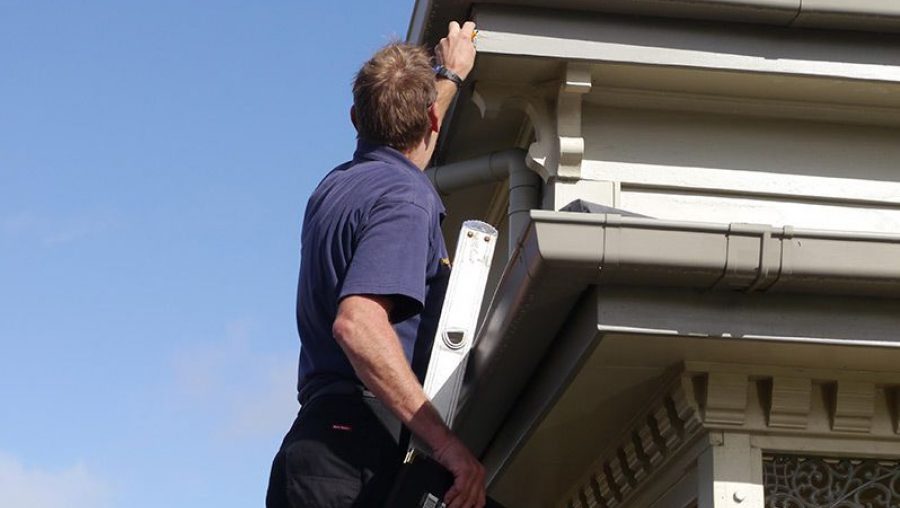Featured Images

Leaky building inspections
Be informed of expensive issues before you buy
Leaky Homes
Is your house a leaky home?
The term “leaky home” is currently prominent in the media but how do you know if your home is leaky?
There are construction types which are more at risk than others and these include those using monolithic cladding. Monolithic cladding includes:
- Solid plaster on solid sheet backing on timber wall framing
- Textured plaster on polystyrene cladding on timber wall framing
- Textured plaster on cement based sheeting on timber wall framing
Houses built approximately between 1996 and 2004 could legally use non-treated timber for structural framing, as long as that framing was not exposed to the elements.
This timber will rot very quickly when exposed to moisture or water ingress due to the exterior cladding failing and leaking.
Identifying leaks through moisture testing
Moisture testing will often form part of the inspection process and hence why it's so important to get a building report done. This may be requested when you book an inspection, or may become part of the inspection through the discovery of potential leaking problems.
The moisture tests are carried out in the first instance using a non-invasive (i.e non-probe) moisture meter. This allows us to test a wider range of sites without causing damage to the property. Where high moisture readings are apparent during this process, an invasive (i.e. probe type) moisture meter can be used. This will often require the approval of the property owner.
Read more about Common Causes of Leaky Homes and the Impacts of Owning or Purchasing a Leaky Home.